The Caribbean isn’t just about pristine beaches and tropical drinks—beneath those crystal-clear waters lies a hidden world of underwater caves, sea grottos, and mysterious caverns that most visitors never discover. Kayaking into these natural wonders combines the thrill of exploration with the serenity of paddling through some of the world’s most beautiful waters.
These aren’t your typical tourist attractions; they’re geological masterpieces carved by thousands of years of wave action and limestone erosion. What makes Caribbean cave kayaking so special is the way sunlight filters through underwater openings, creating ethereal blue glows that seem almost supernatural.
Some caves are completely dark inside, while others open to hidden lagoons where you’ll feel like you’ve discovered your own private paradise. Here’s a list of 15 Caribbean caves where you can paddle your kayak directly into nature’s most spectacular underground chambers.
Blue Grotto – Bermuda
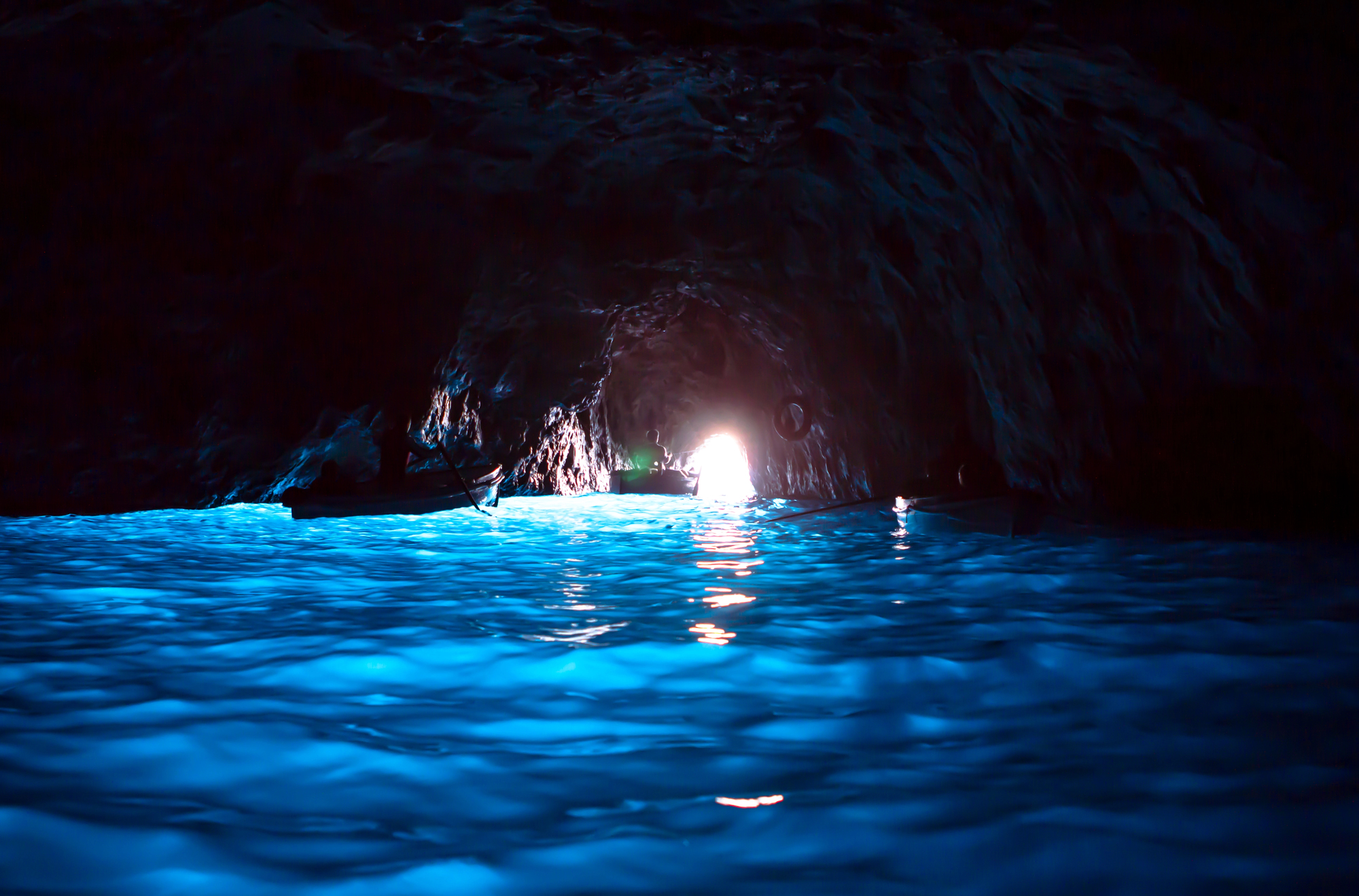
Bermuda’s Blue Grotto offers one of the most accessible cave kayaking experiences in the Caribbean, with a wide opening that welcomes paddlers into a cathedral-like chamber. The limestone walls rise 50 feet above the water, while natural skylights create dramatic lighting effects throughout the day.
Local tour operators provide guided trips, but experienced kayakers can explore independently during calm weather conditions.
Cueva Ventana – Puerto Rico
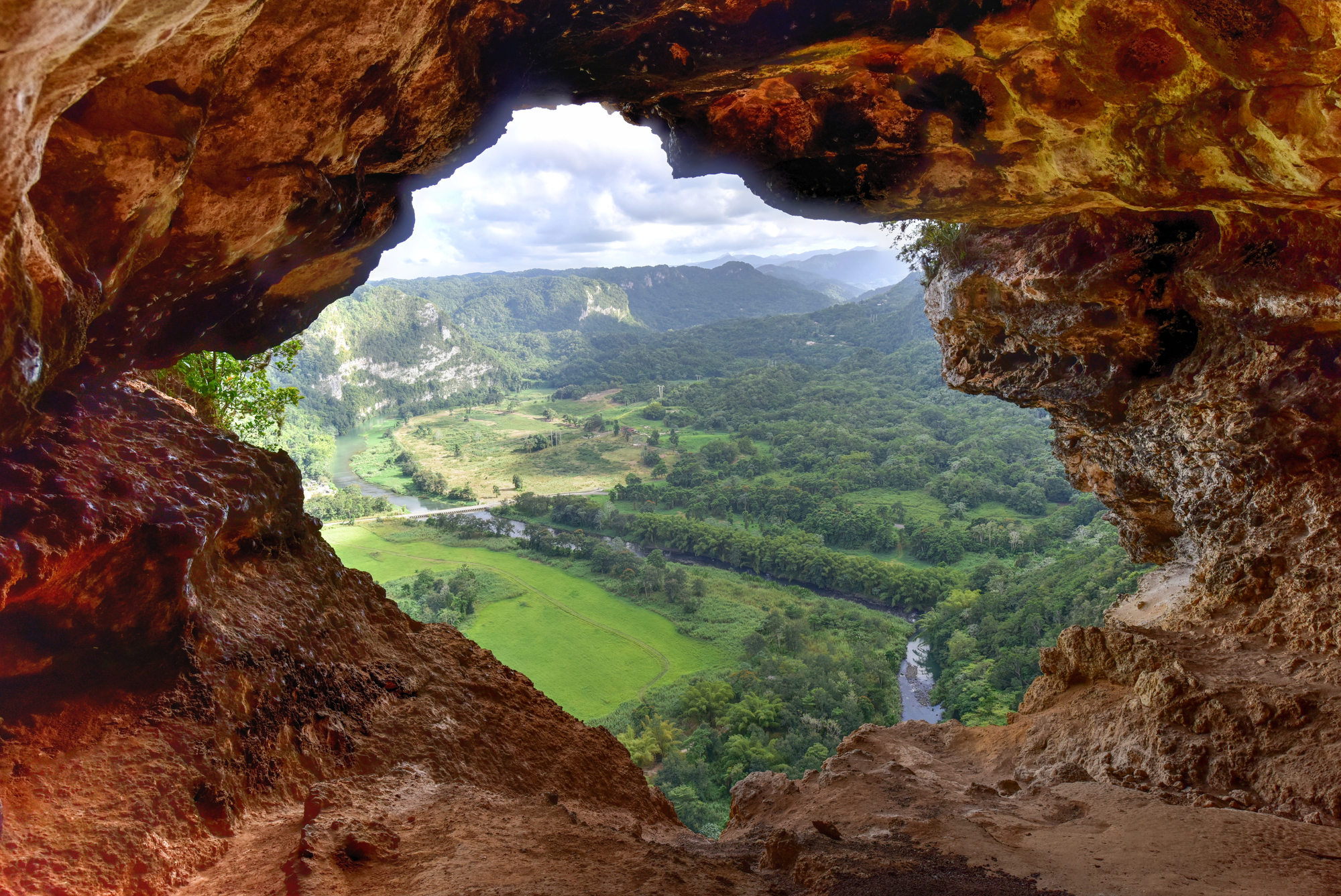
Puerto Rico’s Cueva Ventana, or ‘Window Cave,’ requires a short paddle across a lagoon before entering the massive limestone chamber that opens to stunning views of the Río Grande valley. The cave system extends over 200 feet into the hillside, with several chambers accessible by kayak only during high tide.
Stalactites and flowstone formations create an underground landscape that feels like another planet.
Thunderball Grotto – Bahamas
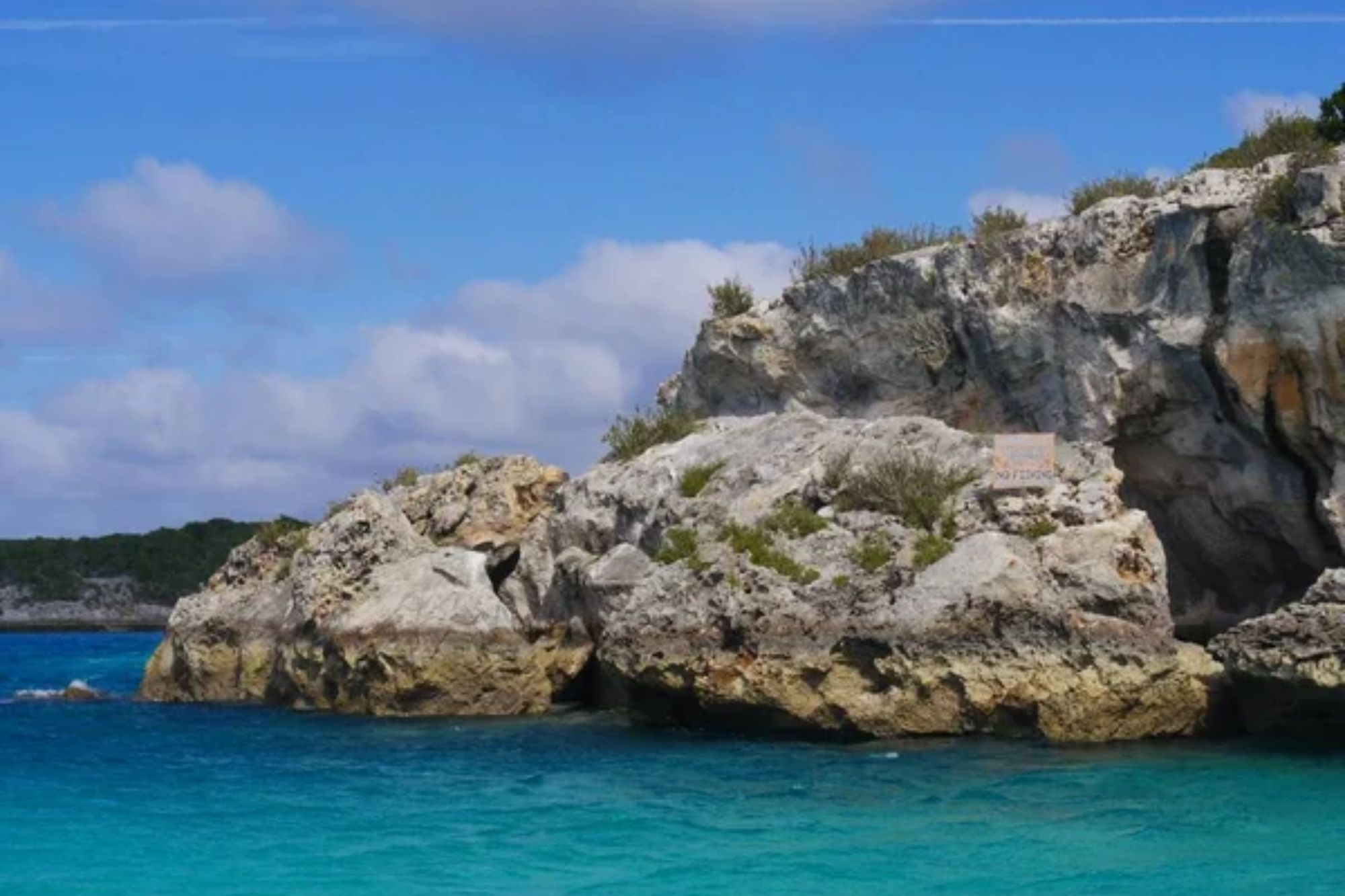
The Bahamas’ Thunderball Grotto gained fame from James Bond films, but kayakers know it as one of the Caribbean’s most magical underwater caves. The entrance may require paddling through a submerged opening at high tide, emerging into an air-filled chamber where sunlight streams through openings in the ceiling.
Tropical fish swim alongside your kayak, creating an aquarium-like experience in crystal-clear water.
Like Travel Pug’s content? Follow us on MSN.
Devil’s Cave – Barbados
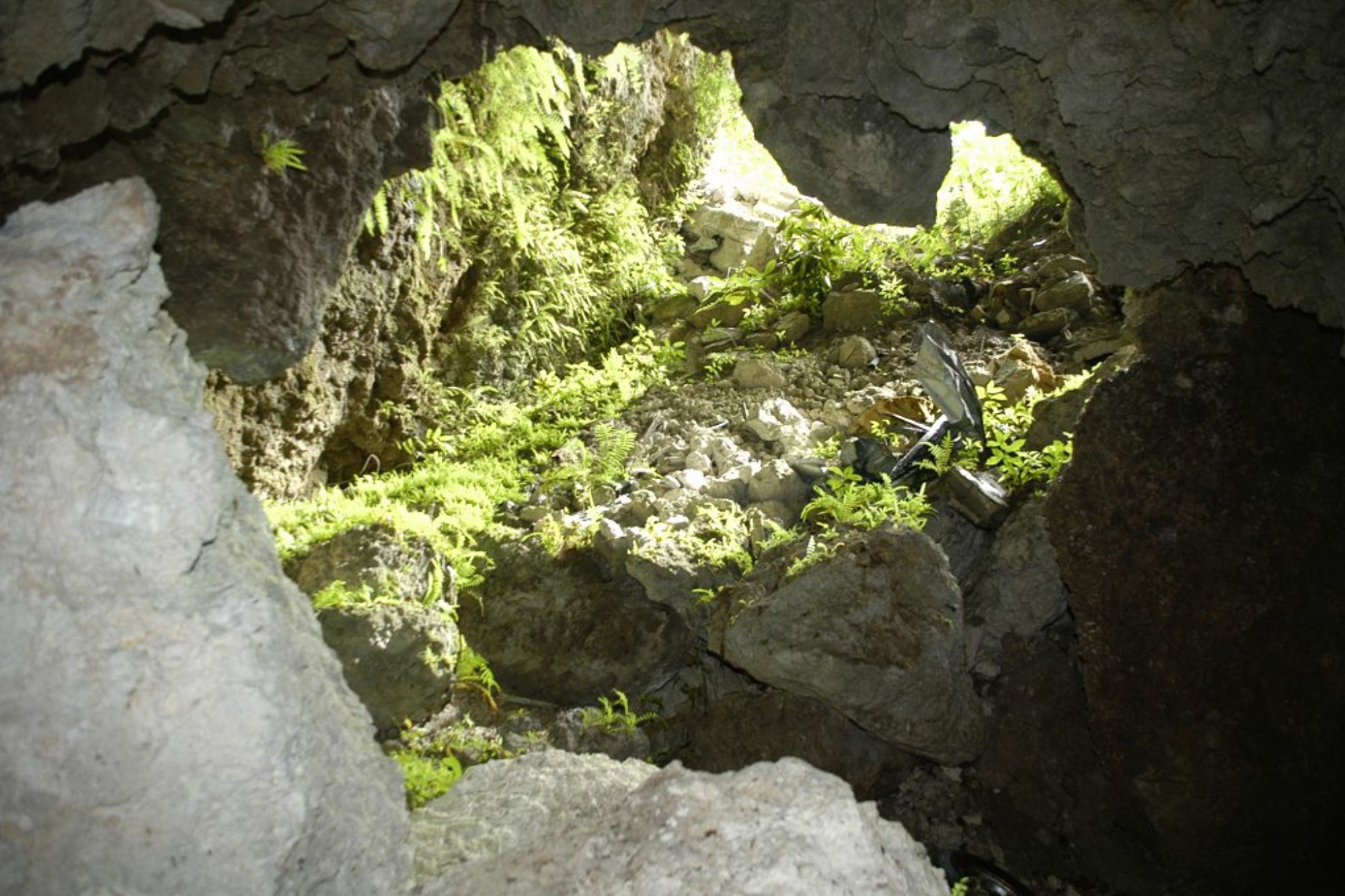
Barbados’ Devil’s Cave challenges kayakers with narrow entrance passages that open into surprisingly large underground chambers. The cave system follows an underground river that flows directly into the Caribbean Sea, creating strong currents that require intermediate paddling skills.
Local guides recommend visiting during morning hours when lighting conditions create the most dramatic effects inside the cave.
Cenote Dos Ojos – Mexico
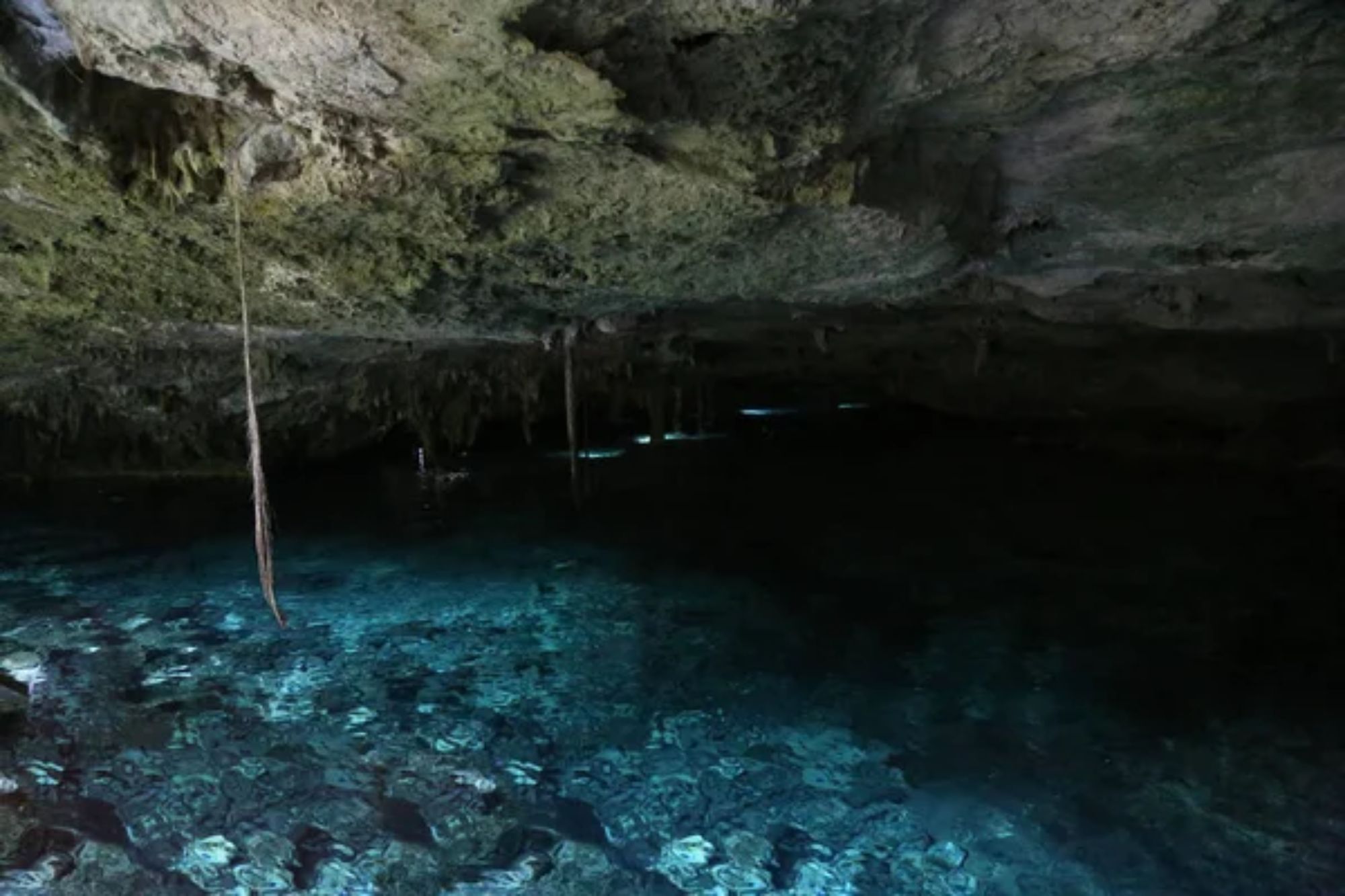
Mexico’s Yucatan Peninsula features Cenote Dos Ojos, where kayakers can paddle into two connected underground chambers filled with perfectly clear freshwater. The cenote system extends over 400 miles underground, though kayakers typically explore only the first few hundred yards of accessible passages.
Ancient Mayan artifacts have been discovered in deeper sections, adding historical significance to the natural beauty.
Crystal Cave – Bermuda
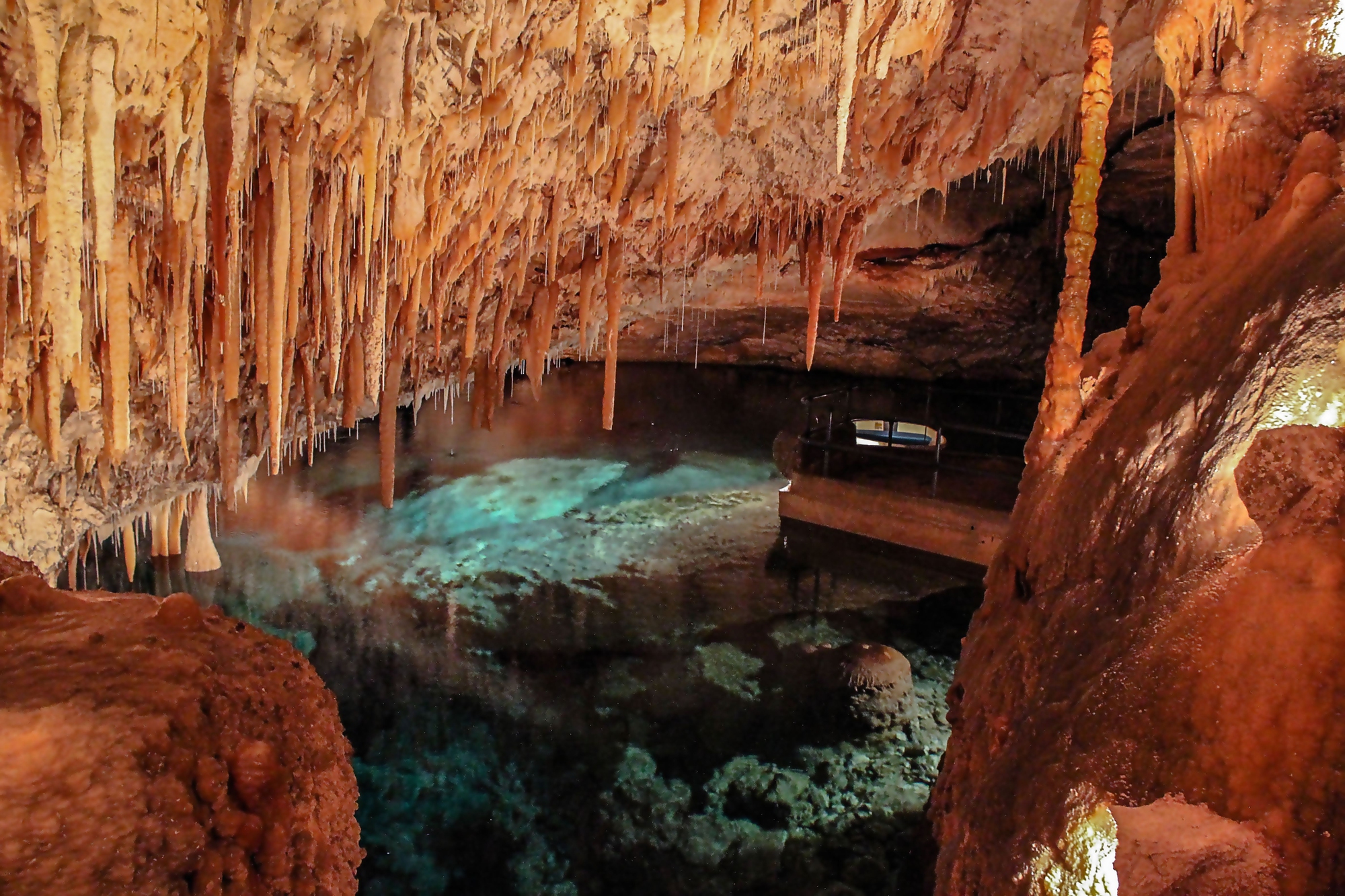
Bermuda’s Crystal Cave provides another spectacular limestone cave experience, with kayak access during specific tide conditions when water levels permit passage. The cave features some of the Caribbean’s most impressive crystal formations, including massive stalactites that have been growing for thousands of years.
Professional guides lead small groups through the narrow entrance passages to protect both visitors and the delicate cave environment.
Like Travel Pug’s content? Follow us on MSN.
Cueva de las Maravillas – Dominican Republic

The Dominican Republic’s Cave of Wonders lives up to its name, with multiple chambers accessible by kayak through underground rivers that connect to the Caribbean Sea. Pre-Columbian Taíno cave paintings cover the walls, creating a combination of natural beauty and historical significance that’s unmatched in the region.
The cave maintains constant temperatures around 75 degrees, making it comfortable for extended exploration.
Green Grotto Caves – Jamaica
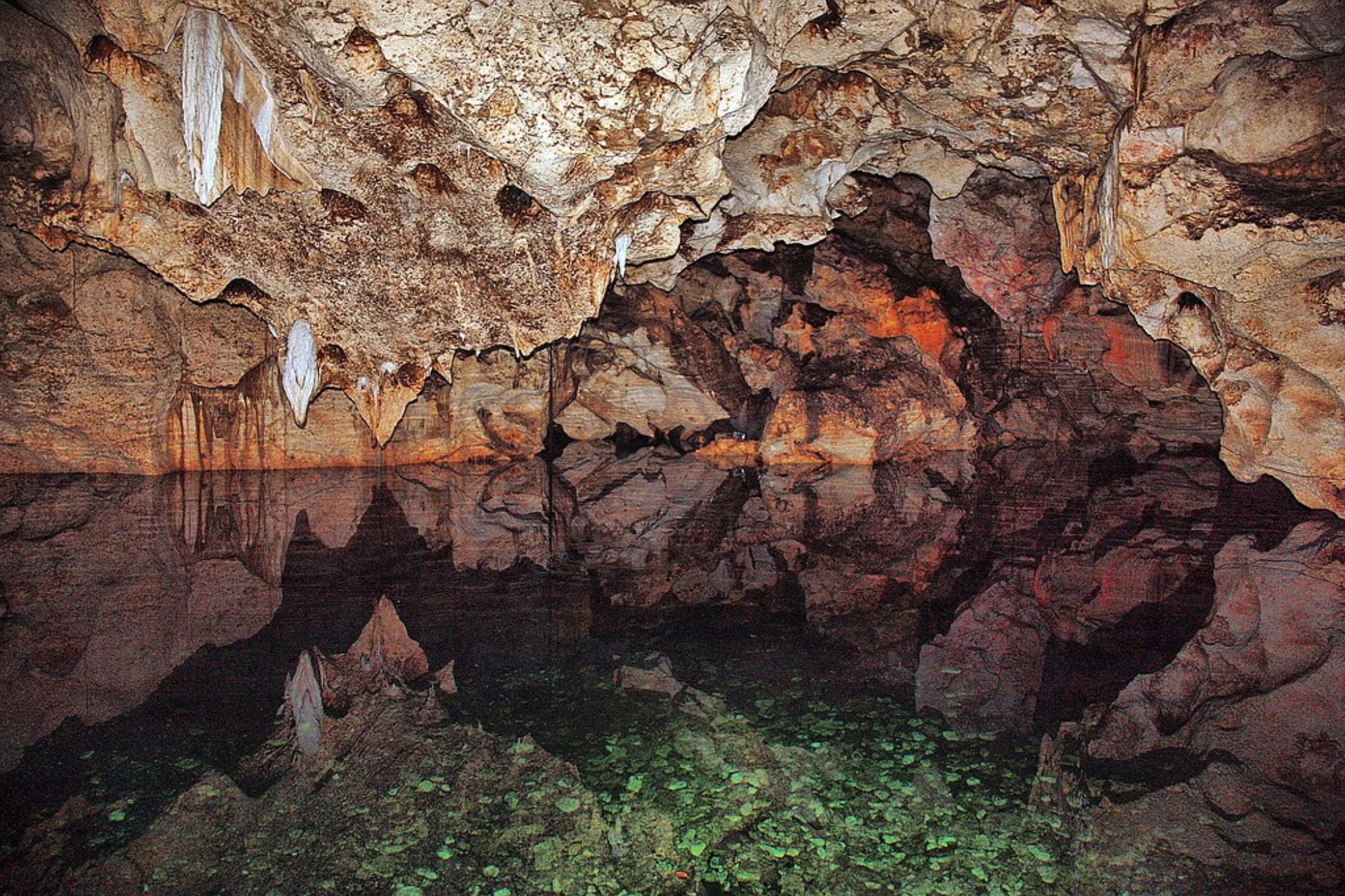
Jamaica’s Green Grotto Caves feature an underground lake system where kayakers can paddle through chambers that once served as hideouts for pirates and later as secret nightclubs during Prohibition. The cave extends nearly two miles underground, with several large chambers connected by navigable waterways.
Limestone formations and underground waterfalls create an otherworldly paddling environment.
Cueva del Indio – Puerto Rico
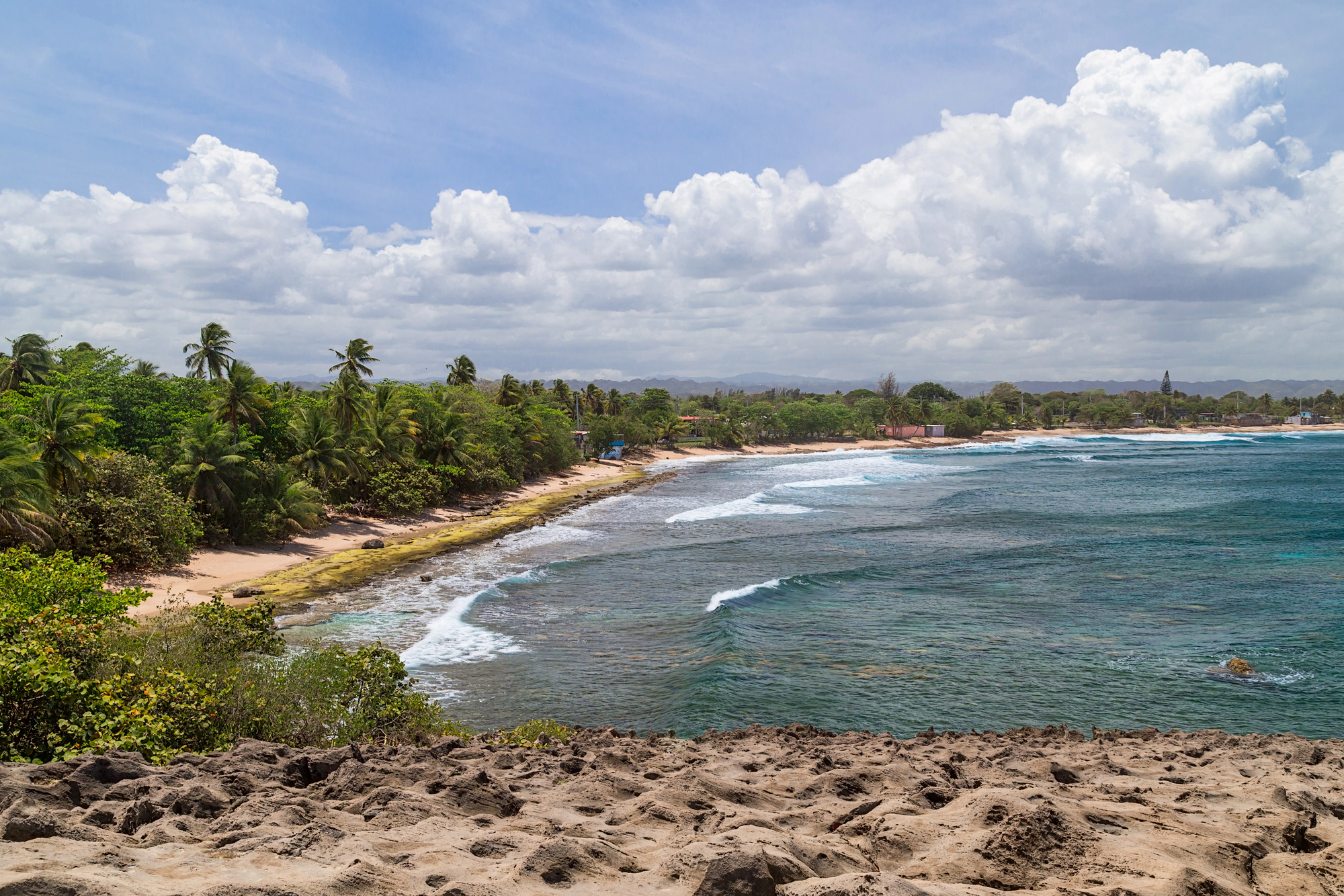
Puerto Rico’s Cueva del Indio requires kayakers to time their visits with specific tide conditions to access the main chamber through sea-level entrances. The cave features Taíno petroglyphs and stunning rock formations created by centuries of wave action. Local surf conditions can make access challenging, but calm days reveal one of the Caribbean’s most pristine cave environments.
Like Travel Pug’s content? Follow us on MSN.
Conch Bar Caves – Turks and Caicos
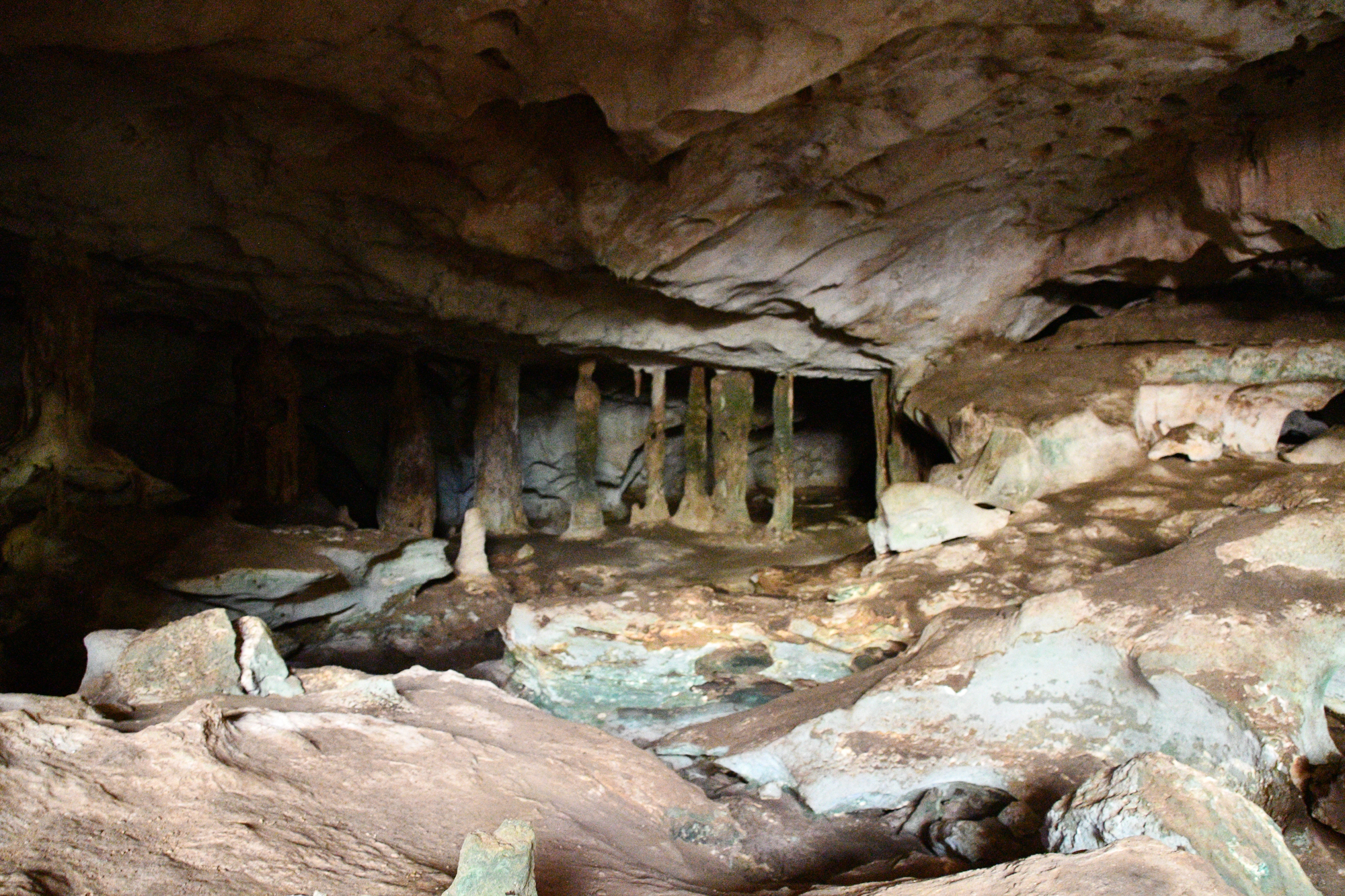
Turks and Caicos’ Conch Bar Caves offer the largest cave system in the Caribbean, with over 15 miles of surveyed passages and several chambers accessible by kayak. The underground lakes maintain perfect clarity year-round, while massive flowstone formations create natural sculptures throughout the cave system.
Guided tours provide access to chambers that require technical expertise to navigate safely.
Harrison’s Cave – Barbados
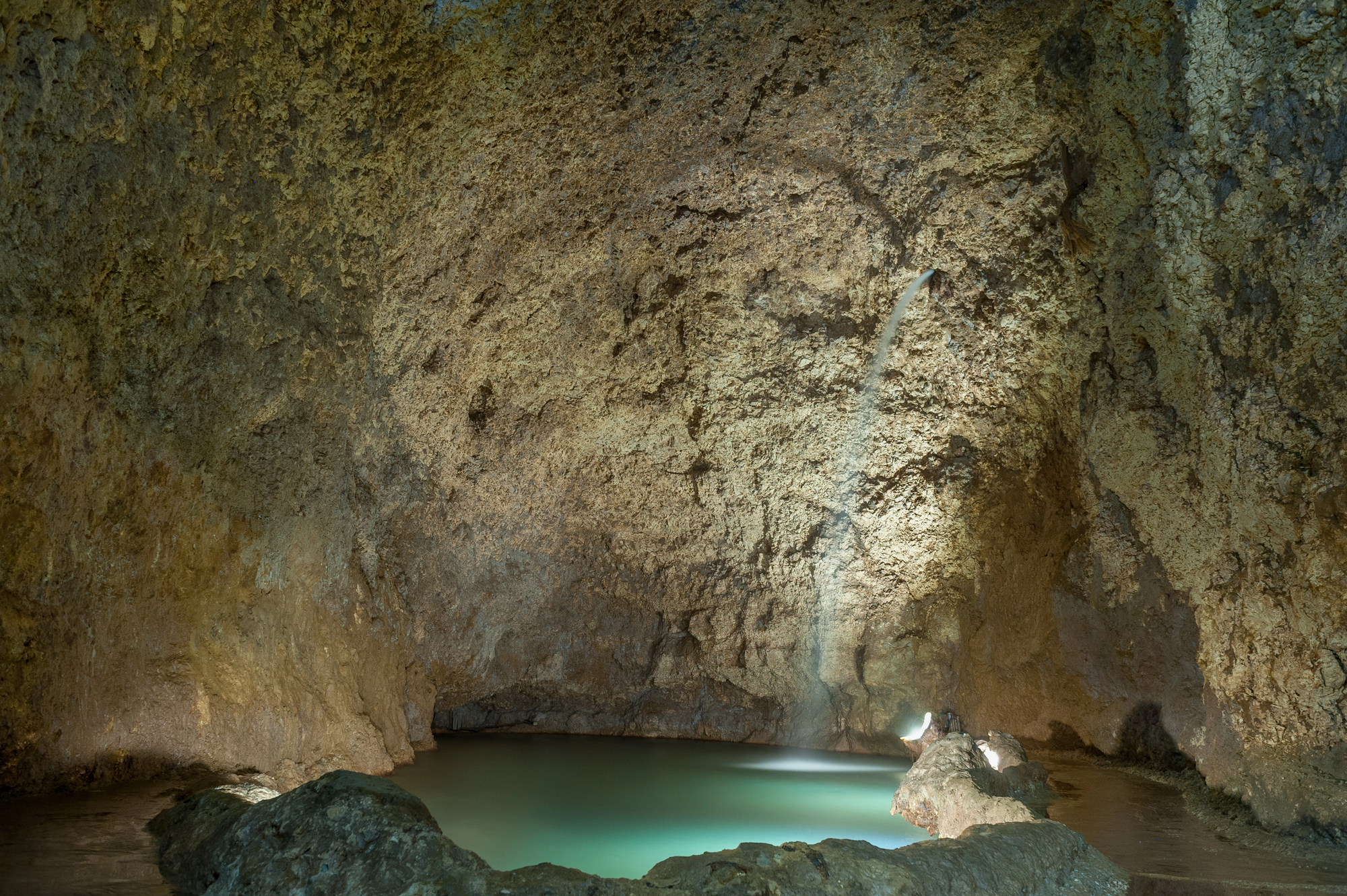
Barbados’ Harrison’s Cave features flowing underground streams that kayakers can follow through spectacular limestone chambers filled with stalactites and stalagmites. The cave system maintains consistent water levels throughout the year, making it reliable for kayaking adventures regardless of seasonal weather patterns.
Electric lighting in some sections creates dramatic effects while preserving the cave’s natural atmosphere.
Cueva de los Tres Pueblos – Puerto Rico
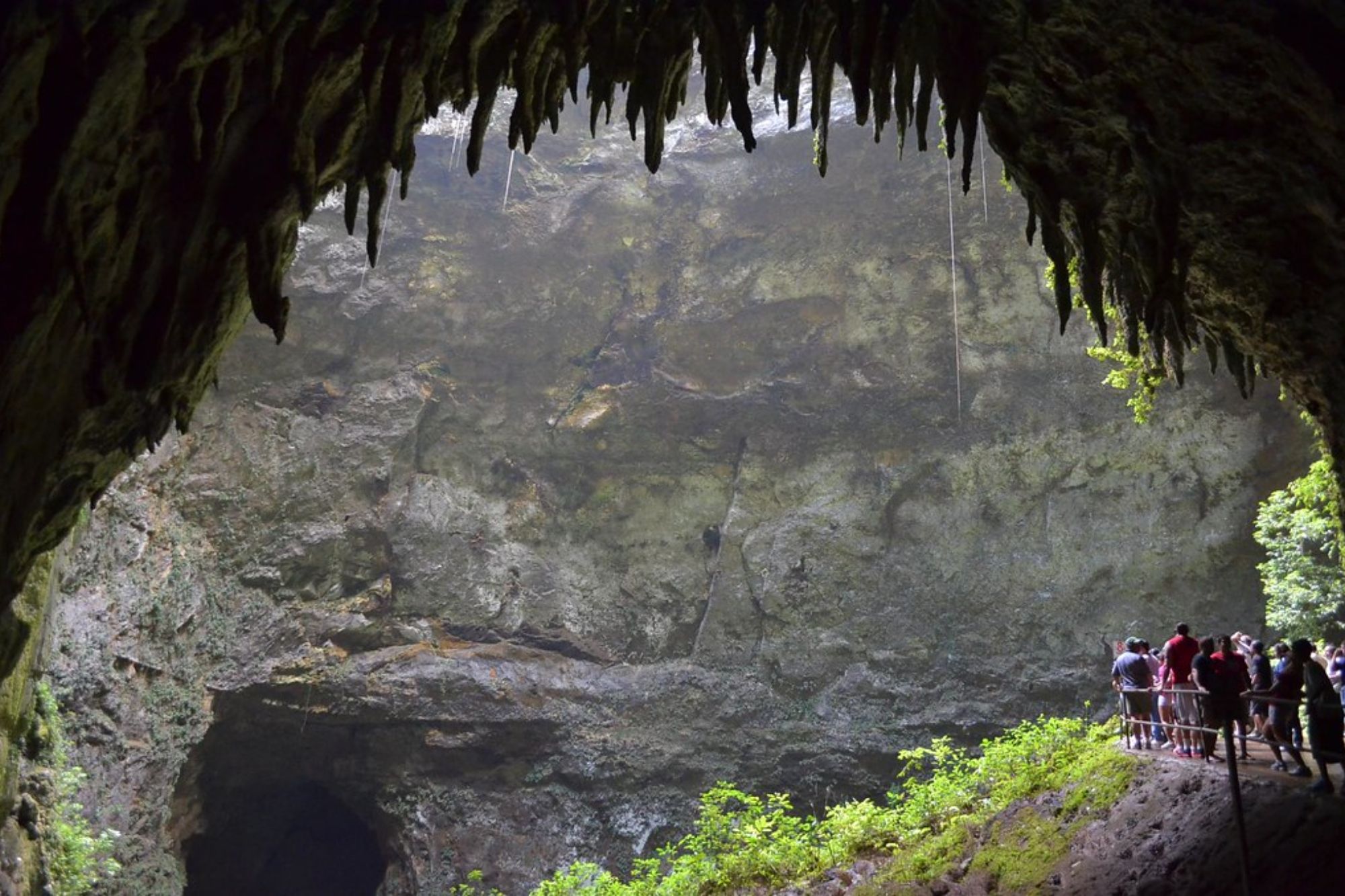
Puerto Rico’s Three Towns Cave connects underground waterways between three different municipalities, creating one of the longest kayakable cave systems in the Caribbean. The cave features multiple entrances and several large chambers where early Spanish explorers carved their names into limestone walls.
Modern kayakers can follow the same routes used by indigenous peoples for hundreds of years.
Like Travel Pug’s content? Follow us on MSN.
Rio Secreto – Mexico
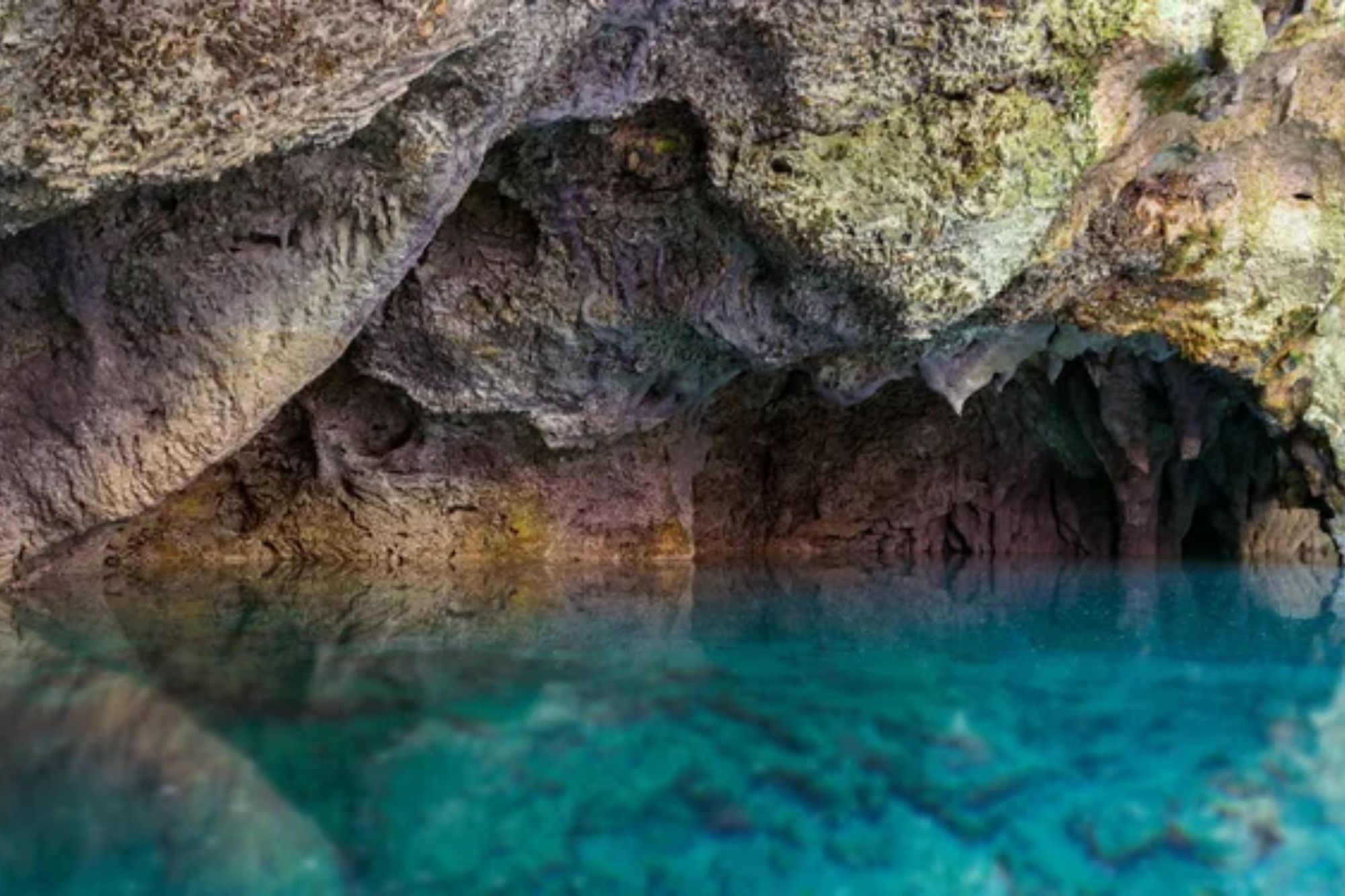
Mexico’s Riviera Maya features Rio Secreto, where kayakers can paddle through a partially flooded cave system that extends over 38 miles through pristine limestone passages. The crystal-clear freshwater creates perfect visibility for observing ancient stalactites and flowstone formations that have remained untouched for thousands of years.
The cave maintains a constant temperature of 78 degrees year-round, while filtered sunlight from strategic openings illuminates some of the most spectacular underground formations in the Caribbean region.
Camuy Caves – Puerto Rico
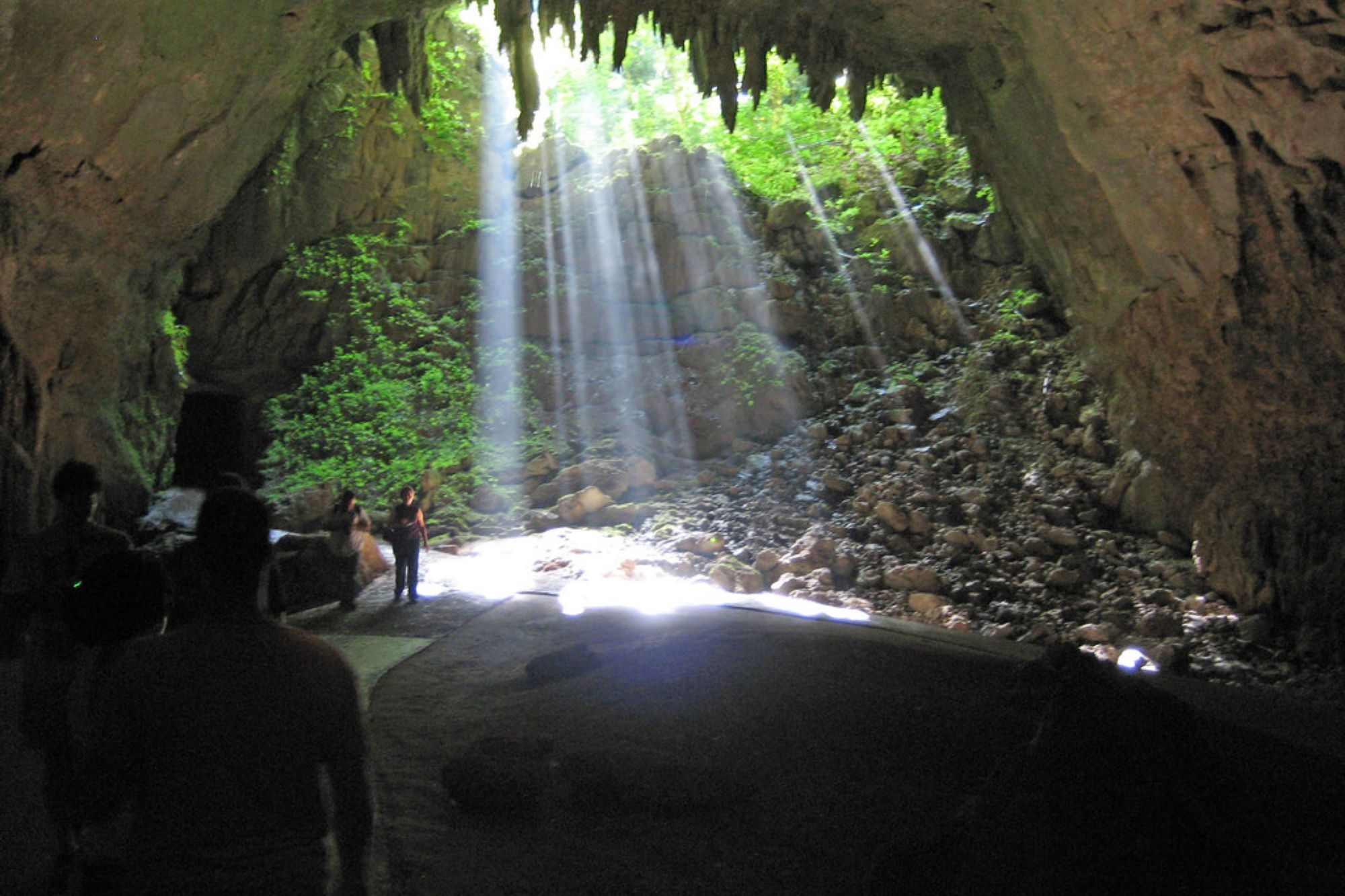
Puerto Rico’s Camuy Cave system includes several chambers accessible by kayak through underground rivers that flow year-round. The caves feature some of the Caribbean’s most impressive speleothems, including massive columns formed by centuries of mineral deposits.
Local guides provide essential navigation assistance through passages that can be confusing without proper experience.
Cockpit Country Caves – Jamaica
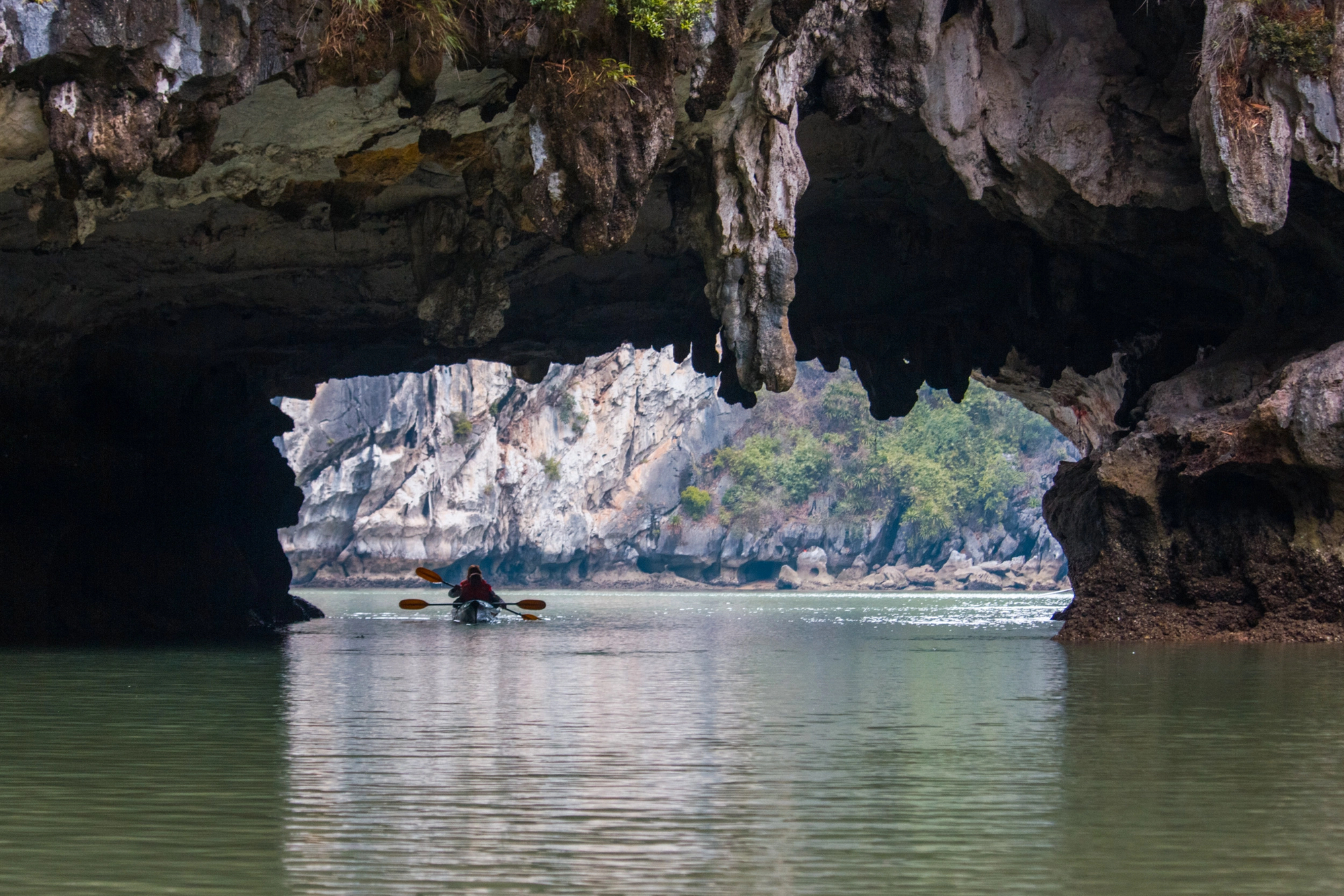
Jamaica’s Cockpit Country features numerous cave systems where kayakers can explore underground rivers that connect to Blue Mountain watersheds. The limestone karst topography creates perfect conditions for cave formation, while dense tropical forests above ground filter sunlight into the underground chambers.
These caves require serious paddling skills and should only be attempted with experienced local guides.
Like Travel Pug’s content? Follow us on MSN.
Hidden Worlds Beneath Paradise

These Caribbean caves represent some of Earth’s most spectacular natural architecture, carved by patient forces over geological time scales that dwarf human civilization. Each chamber tells the story of rising and falling sea levels, ancient coral reefs, and limestone deposits that accumulated when these islands existed in very different forms.
The privilege of kayaking through these spaces connects modern adventurers to both natural history and human cultures that recognized these caves as sacred places long before tourism discovered their beauty. As climate change and development pressure threaten many Caribbean ecosystems, these underground sanctuaries remind us that paradise includes not just what we can see above water, but also the mysterious worlds that exist just beneath the surface of our everyday awareness.
More from Travel Pug

- 20 Best Beach Towns in the Carolinas
- 13 Destinations Where Tourists Regularly Regret Their Trip
- 20 Destinations That Are More Magical Without an Itinerary
- 20 Underrated Adventures That Belong on Your Travel List
- 20 Cities Where You Should Just Wing It, No Planning Required
Like Travel Pug’s content? Follow us on MSN.
